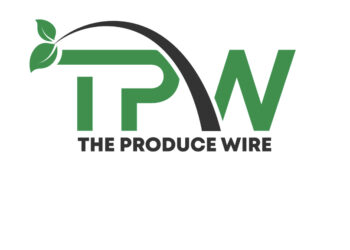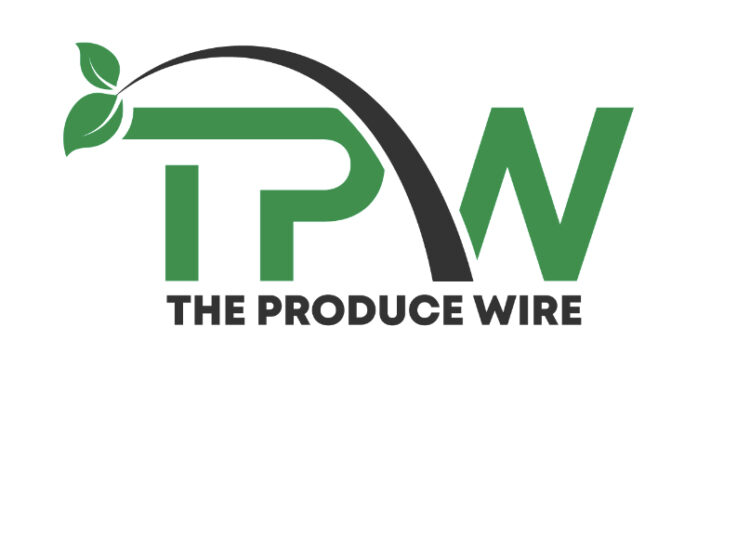— OPINION —
Sixteen years ago today, on March 14, 2009, President Barack Obama addressed the nation with a clear and urgent message: Food safety is not just an individual responsibility — it is a fundamental duty of the government.
“We are a nation built on the strength of individual initiative,” he said on his radio address. “But there are certain things that we can’t do on our own. There are certain things that only a government can do. And one of those things is ensuring that the foods we eat, and the medicines we take, are safe and don’t cause us harm.”
With that, his administration launched a bold effort to strengthen food safety oversight. The creation of the Food Safety Working Group — chaired by the Secretaries of Health and Human Services and the U.S. Department of Agriculture — was a turning point in coordinating federal agencies, updating outdated policies, and strengthening enforcement to better protect American consumers.
This was not just about new regulations or eliminating any existing advisory groups. It was about leadership, accountability, and a commitment to preventing illness and loss of life. The work that followed led to stronger food safety laws, improved inspections, and new standards for foodborne illness prevention — laying the foundation for the Food Safety Modernization Act (FSMA), the most sweeping reform of U.S. food safety in more than 70 years.
This was not the first time an administration made food safety a national priority after the tragic 1993 Jack in the Box E.coli outbreak.
In 1994, the Clinton Administration mandating Safe Handling Instruction Labels on all packages of raw meat and poultry, declared E. coli O157:H7 an adulterant in meat, and established the Pathogen Reduction/Hazard Analysis and Critical Control Points (HACCP) Rule.
In 2002, the Bush Administration expanded and strengthened CDC’s FoodNet and PulseNet programs, which track and detect foodborne illness outbreaks in real-time. One year later, in response to several deadly Listeria outbreaks, the USDA introduced a stricter 2003 USDA “Zero Tolerance” Policy for Listeria in Ready-to-Eat Foods. Following high-profile outbreaks and recalls, President Bush directed the FDA to develop the 2007 Food Protection Plan to address emerging food safety threats, focusing on prevention, intervention, and response.
In 2011, President Obama signed the Food Safety Modernization Act (FSMA) into law. One year later, The USDA expanded its “zero tolerance” policy by declaring six additional strains of Shiga toxin-producing E. coli (STEC), including O26, O45, O103, O111, O121, and O145, as adulterants in raw beef.
In 2023, the Biden Administration reorganized food safety oversight, creating the Human Foods Program to focus on preventative measures and risk-based food safety policies. The USDA, under Biden’s leadership, strengthened Salmonella Standards in Poultry. The Biden administration increased funding for the USDA’s Food Safety and Inspection Service (FSIS) and FDA’s food safety programs – expanding inspections for high-risk foods, prioritizing stronger surveillance of imported foods as well as enhanced outbreak detection and response
At every turn, when public health was at risk, leaders stepped up to protect consumers.
This is what progress looks like. Not reacting to crises — but anticipating them. Not waiting for outbreaks to strike — but working proactively and tirelessly to prevent them.
The past has shown us that food safety is a nonpartisan issue, a national responsibility, and a public trust. It is not about what one administration has done or what another has failed to do, but about the unwavering commitment we must all share — in government, in industry, and as consumers — to ensure that the food on every table is safe.
Today, as we reflect on past progress, the question before us is not whether food safety should remain a priority, it is how we will carry this legacy forward.
Because food safety is not a privilege. Safe food is a right.
And protecting it should never be optional.
(To sign up for a free subscription to Food Safety News, click here)















